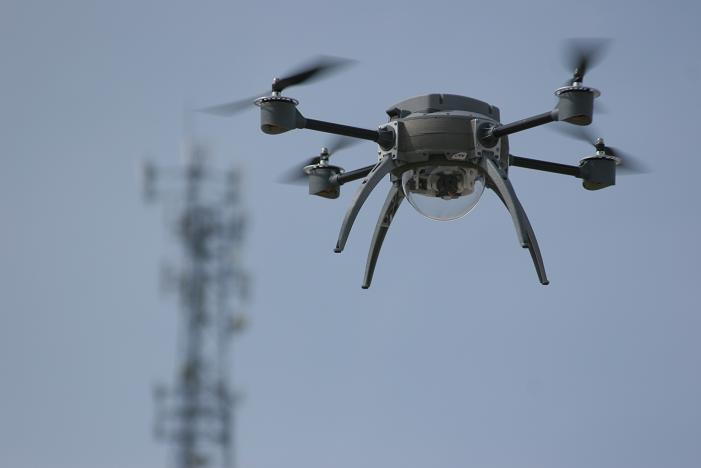What if war were painless, at least for one side? And what if the American President could fight overseas without getting approval from Congress because what’s being waged isn’t precisely war as we know it, but something beyond the traditional definition? In the brave new world of drones and robots, that’s exactly where the United States is. From Peter W. Singer’s excellent New York Times Opinion piece, “Do Drones Undermine Democracy?“
“Just 10 years ago, the idea of using armed robots in war was the stuff of Hollywood fantasy. Today, the United States military has more than 7,000 unmanned aerial systems, popularly called drones. There are 12,000 more on the ground. Last year, they carried out hundreds of strikes — both covert and overt — in six countries, transforming the way our democracy deliberates and engages in what we used to think of as war.
We don’t have a draft anymore; less than 0.5 percent of Americans over 18 serve in the active-duty military. We do not declare war anymore; the last time Congress actually did so was in 1942 — against Bulgaria, Hungary and Romania. We don’t buy war bonds or pay war taxes anymore. During World War II, 85 million Americans purchased war bonds that brought the government $185 billion; in the last decade, we bought none and instead gave the richest 5 percent of Americans a tax break.
And now we possess a technology that removes the last political barriers to war. The strongest appeal of unmanned systems is that we don’t have to send someone’s son or daughter into harm’s way. But when politicians can avoid the political consequences of the condolence letter — and the impact that military casualties have on voters and on the news media — they no longer treat the previously weighty matters of war and peace the same way.”
• • • • • • • • • •
BigDog, by the good people at Boston Dynamics:
Tags: Peter W. Singer

